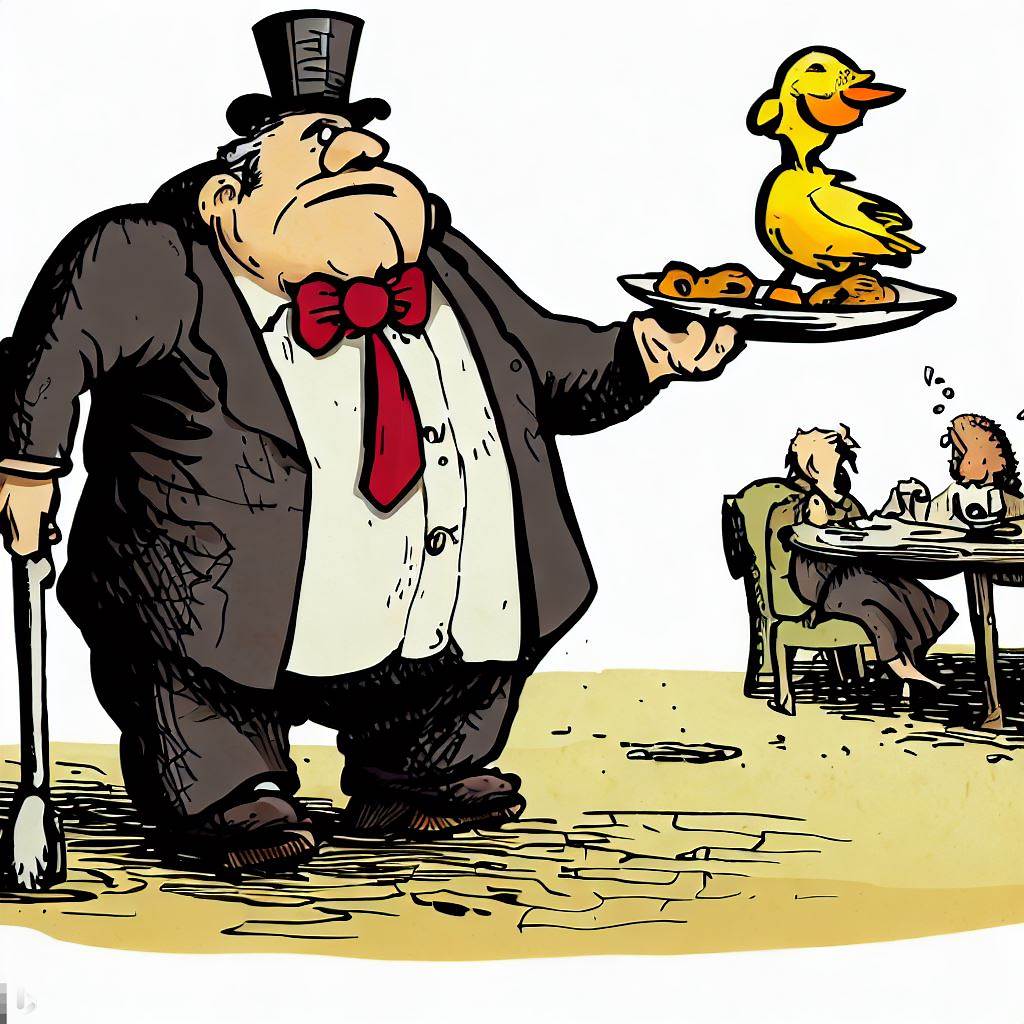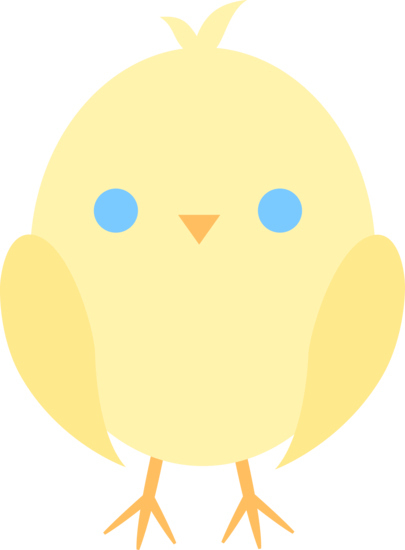
Cornish Cross: the history of the Chicken made of wax that tastes like 'chicken'
Have you ever wondered why most of the chicken you buy at the supermarket looks so plump and uniform? And why it has a bland and rubbery texture that barely resembles the chicken your grandparents used to cook? The answer lies in the history of the Cornish Cross, a hybrid breed of chicken that dominates the poultry industry today.
The Cornish Cross is the result of decades of selective breeding and genetic manipulation to create a chicken that grows fast, has a lot of breast meat, and consumes less feed. It is not a natural breed, but a cross between two different breeds: the Cornish and the White Plymouth Rock. The Cornish is a large and muscular bird that originated in Cornwall, England, and was prized for its meat quality. The White Plymouth Rock is a smaller and more docile bird that originated in Massachusetts, USA, and was valued for its egg production.
The first cross between these two breeds was made in 1930 by Donald Shaver, a Canadian poultry farmer who wanted to improve the meat yield of his chickens. He named his creation the Shaver Starcross 288, and it was an instant success. It had more breast meat than any other chicken at the time, and it grew faster than its parents. Shaver sold his chickens to other farmers and soon became one of the leading poultry breeders in North America.
However, Shaver was not satisfied with his Starcross 288. He wanted to make it even more efficient and profitable. He experimented with different combinations of breeds and genes, and in 1950 he introduced the Shaver Starcross 579, which was even faster-growing and heavier than its predecessor. It also had a white feather color, which made it easier to pluck and process. This chicken became the basis for the modern Cornish Cross.
The Cornish Cross quickly spread across the world, as poultry producers saw its advantages over traditional breeds. It could reach slaughter weight in six weeks, compared to 16 weeks for other chickens. It could produce more meat with less feed, water, and space. It could be raised in large numbers in confined and controlled environments, reducing the risks of disease and predators. It was also cheaper and more convenient for consumers, who could buy pre-packaged chicken parts that were ready to cook.
However, the Cornish Cross also had many drawbacks that were overlooked or ignored by the industry. It had serious health problems due to its rapid growth and unnatural body shape. It suffered from heart failure, respiratory distress, leg deformities, lameness, and infections. It had low immunity and needed antibiotics to survive. It had no natural behaviors or instincts, such as foraging, pecking, or dust-bathing. It had no personality or intelligence, as it spent most of its time eating or sleeping. It had no flavor or texture, as it had no exercise or variation in diet.
The Cornish Cross is not a real chicken, but a product of human engineering. It is a chicken made of wax that tastes like 'chicken'. It is a symbol of how far we have gone in manipulating nature for our own benefit, without regard for the consequences. It is also a reminder of how much we have lost in terms of diversity, quality, and ethics in our food system.
The next time you buy chicken at the supermarket, think about the history of the Cornish Cross. Think about what it means to eat a chicken that is not really a chicken. And think about whether you want to support this industry or not.


 Follow our facebook page for cute animal pictures
Follow our facebook page for cute animal pictures 